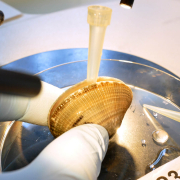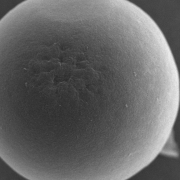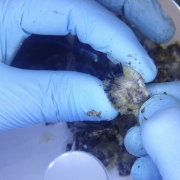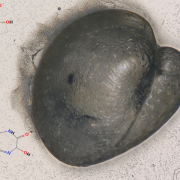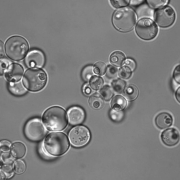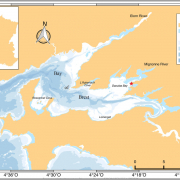Guillaume Mitta seminar
Cracking the code of Pacific Oyster Mortality Syndrome
For decades, methodological limitations have restricted the study of infectious diseases to simplified experimental pathosystems in which the influences of host and pathogen diversity and the biotic and abiotic environments have been minimized. Such reductionist approaches have made diseases with complex etiologies difficult to characterize. This is the case for some diseases triggering recurrent mass mortalities in non-model species of ecological and/or economic interest such as pollinators, corals and marine mollusks.
The objective of the present work was to examine a disease of complex etiology affecting one of the main invertebrate species exploited in the world, the Pacific oyster Crassostrea gigas. Introduced to France in the 1970s, C. gigas suffers mass mortalities associated with complex interactions between host, environment and pathogens. The severity of these mortality outbreaks has dramatically increased since 2008They mainly affect juvenile stages decimating up to 100 % of young oysters in French farms. Over the past years, this mortality syndrome has become panzootic, being observed in numerous other countries worldwide.
By developing a holistic approach to tackle the complexity of interactions, we deciphered the complex intra-host interactions underlying the Pacific oyster mortality syndrome. Using ecologically realistic experimental infections combined with thorough molecular analyses on oyster families with contrasted susceptibilities, we demonstrated that the disease is caused by a multiple infection whose initial and necessary step is the infection of oyster hemocytes by a herpesvirus. Viral replication leads to an immune-compromised state of the host, evolving toward subsequent bacteremia by opportunistic bacteria.
“Cracking the code of Pacific Oyster Mortality Syndrome”
IUEM, A215, le 18/12/2018


